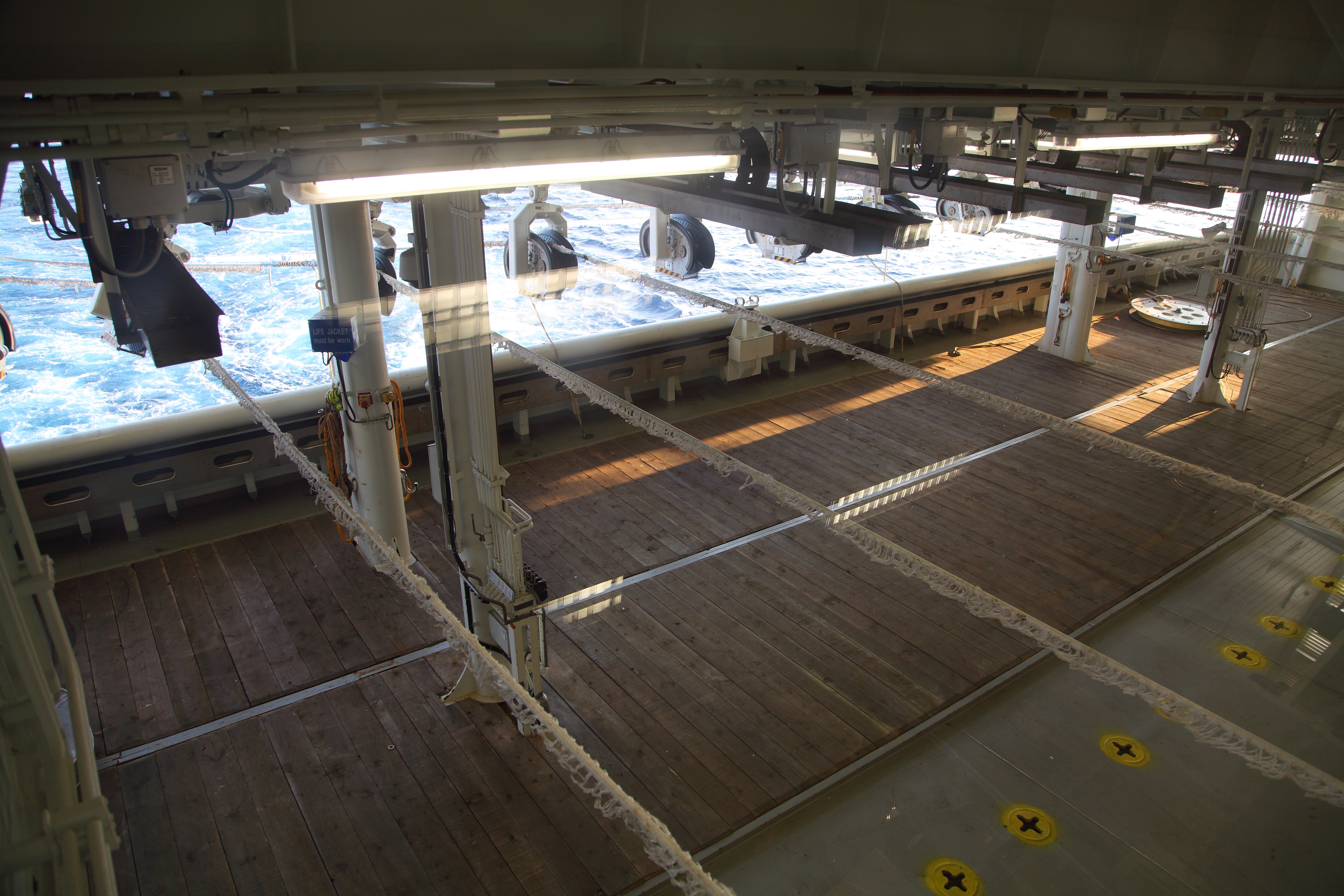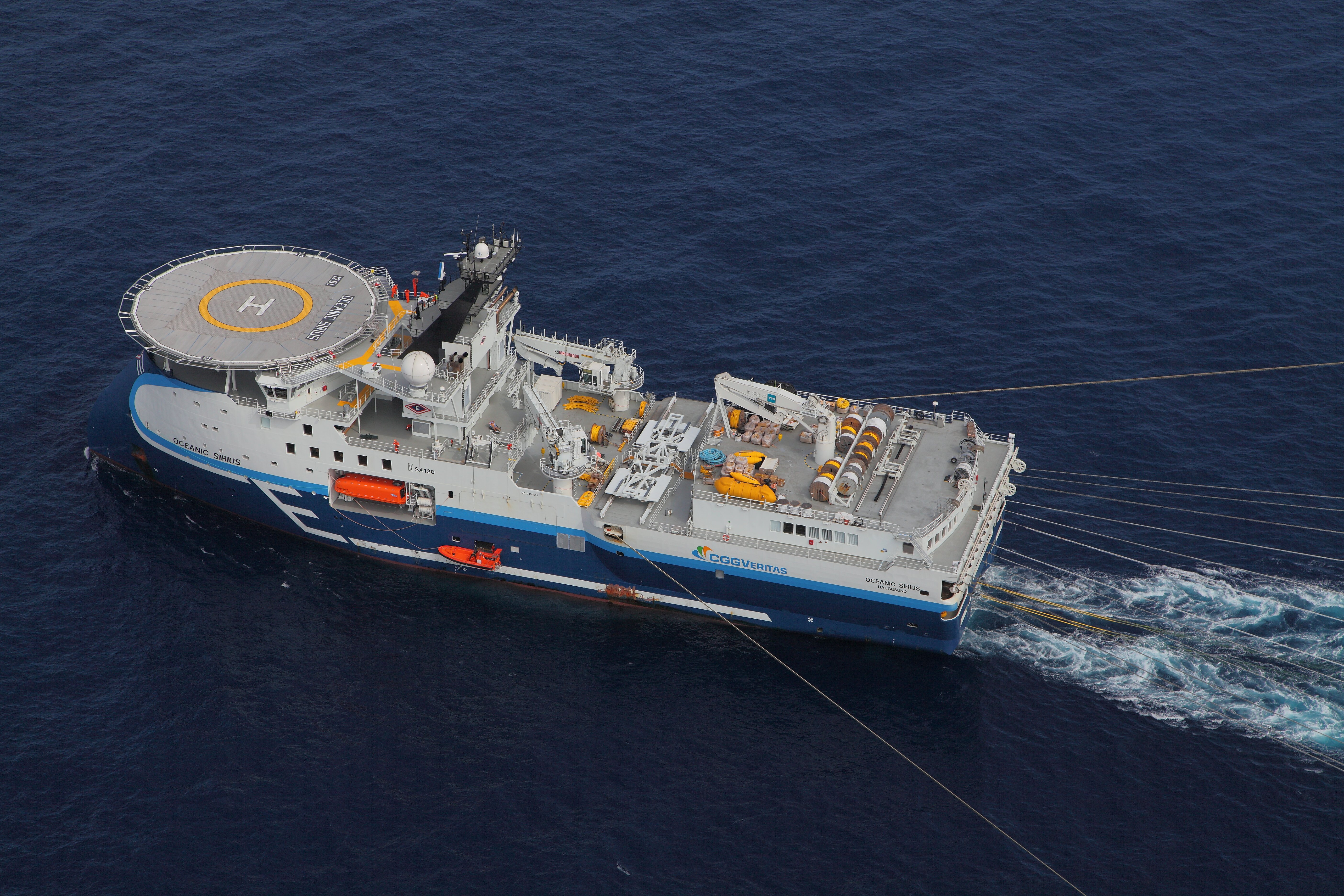In today’s economic and regulatory environment, it’s more important than ever to keep your subsea cables and terminations operating at the highest level. This 5-step plan for marine cable inspection, along with tips for general handling, will help you save on downtime and the cost of replacing gear before the end of its useful life:
- Step 1: Visual Inspection
- Step 2: Testing Electrical Conductor Resistance
- Step 3: Testing Insulation Resistance
This article will delve into various techniques for detecting problems with the electrical insulation of your cables, which is a frequent cause of malfunctions in subsea cables.
Testing Insulation resistance
Regular inspections of marine cables are essential to keep your equipment in optimal condition. While a visual check can reveal issues with electrical isolation, insulation damage isn't always apparent. Factors like moisture, tight bends, or kinks during handling can compromise insulation, leading to electrical current leakage. Moreover, insulation damage might occur in multiple areas.
Conducting Insulation Resistance (I.R.) tests routinely is crucial for preserving your cable's integrity, as poor electrical isolation is a primary cause of cable failures.

To avoid contact with a live conductor, ensure that all connectors are de-energized before performing any testing, inspection, cleaning, connection, or disconnection, so that no energy is flowing through the system. Additionally, make sure all connectors at both ends of the cable are clean and dry, and that the connectors at the opposite end are disconnected with the cap replaced.
It is preferable to use a counter connector. If not available, attach test clips to the cable connector. Confirm they are making contact and utilize a calibrated insulation resistance meter. This meter sends a test voltage through each wire to detect any leakage current.
Effective isolation testing involves examining each conductor against the entire cable, termination, and deck-end connectors. Essentially, this means shorting the cable, termination, and deck-end connectors together while isolating the conductor for measurement. After recording the value, return the conductor to its place, isolate the next conductor, and continue this process until the entire cable has been tested.
Record the results for each wire on a cable log sheet, which should also document hours of use, faults, maintenance, and inspections. Compare these results with previous data and the manufacturer's specifications. Testing both electrical insulation resistance and conduction resistance will provide a comprehensive assessment of the cable core's condition. For digital optical fiber cables, fiber optic testing is also necessary.

Rely on the specialists at DeRegt for all your marine cable requirements, from the initial phases of design and development to their entire operational lifespan. We will work together to ensure your equipment functions as intended, ultimately saving you both time and money.
Practical Guide to extend Cable Lifetime
To gain new insights into managing and preserving marine cables in the field to avoid insulation damage, download the DeRegt Guide to Seismic Cable Handling.



